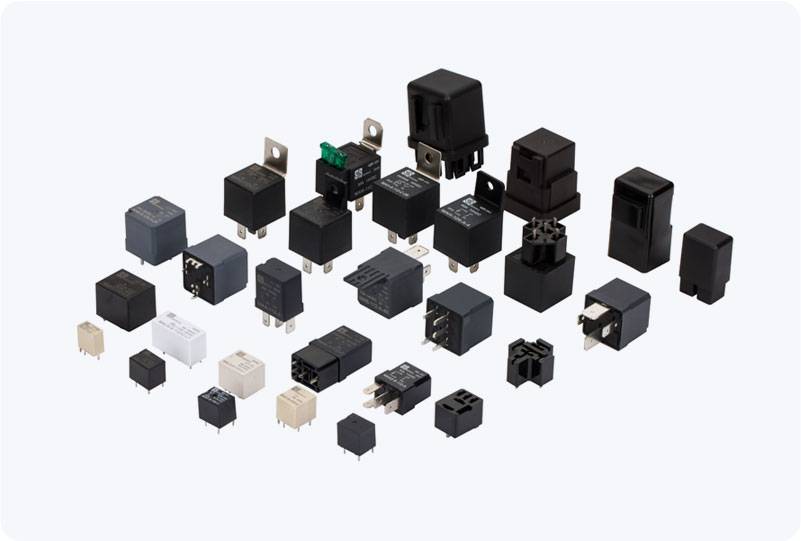In the age of the Internet of Things (IoT), the way we interact with devices and control various systems has drastically evolved. One of the most notable innovations is the Webhook Enabled IoT Relay, a device that offers seamless integration of automation systems with online applications, enabling remote control and monitoring through HTTP requests. This article explores the significance, functionality, and use cases of Webhook Enabled IoT Relays, and how they are transforming industries ranging from home automation to industrial applications.

What is a Webhook Enabled IoT Relay? A Webhook Enabled IoT Relay is a device that allows users to control electrical appliances or other devices remotely using HTTP-based webhooks. Webhooks are a simple, yet powerful, way to trigger actions in response to specific events. When an event occurs, such as a button press, a sensor reading threshold being met, or a specific time reaching a preset value, a webhook is triggered to send an HTTP request to a specified URL. This request can then activate or control an IoT relay, turning on/off devices or performing other automation tasks. At the core of this technology is a relay, which serves as a switch, enabling or disabling the flow of electricity to a device. The beauty of integrating webhooks with relays lies in the simplicity and flexibility of the control mechanism. Instead of relying on complex protocols or physical interfaces, users can now send a request via an HTTP call, making it easier to control and automate systems from virtually anywhere with an internet connection.